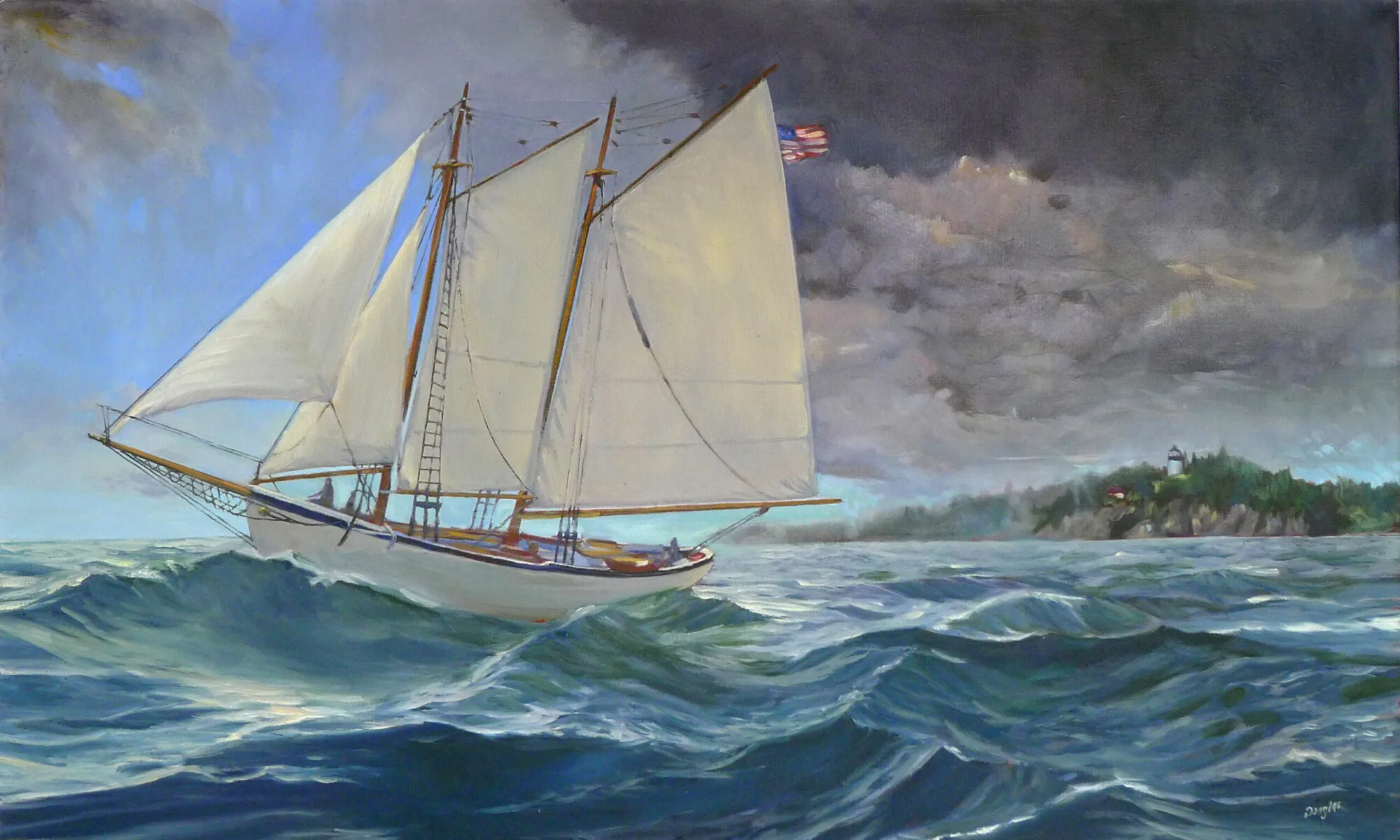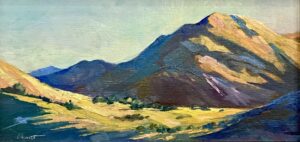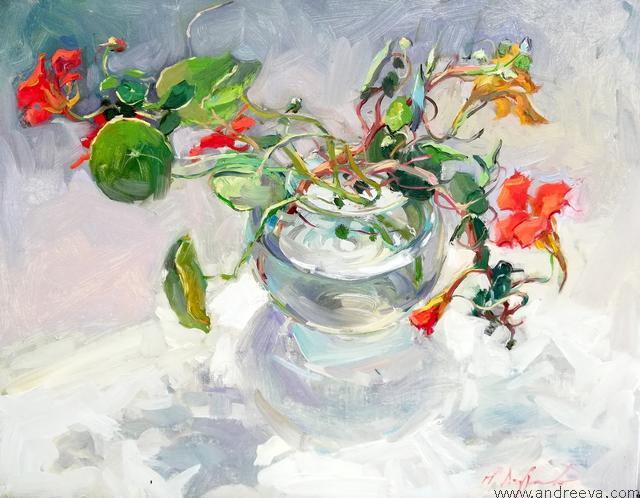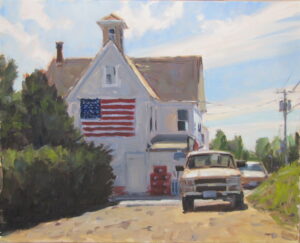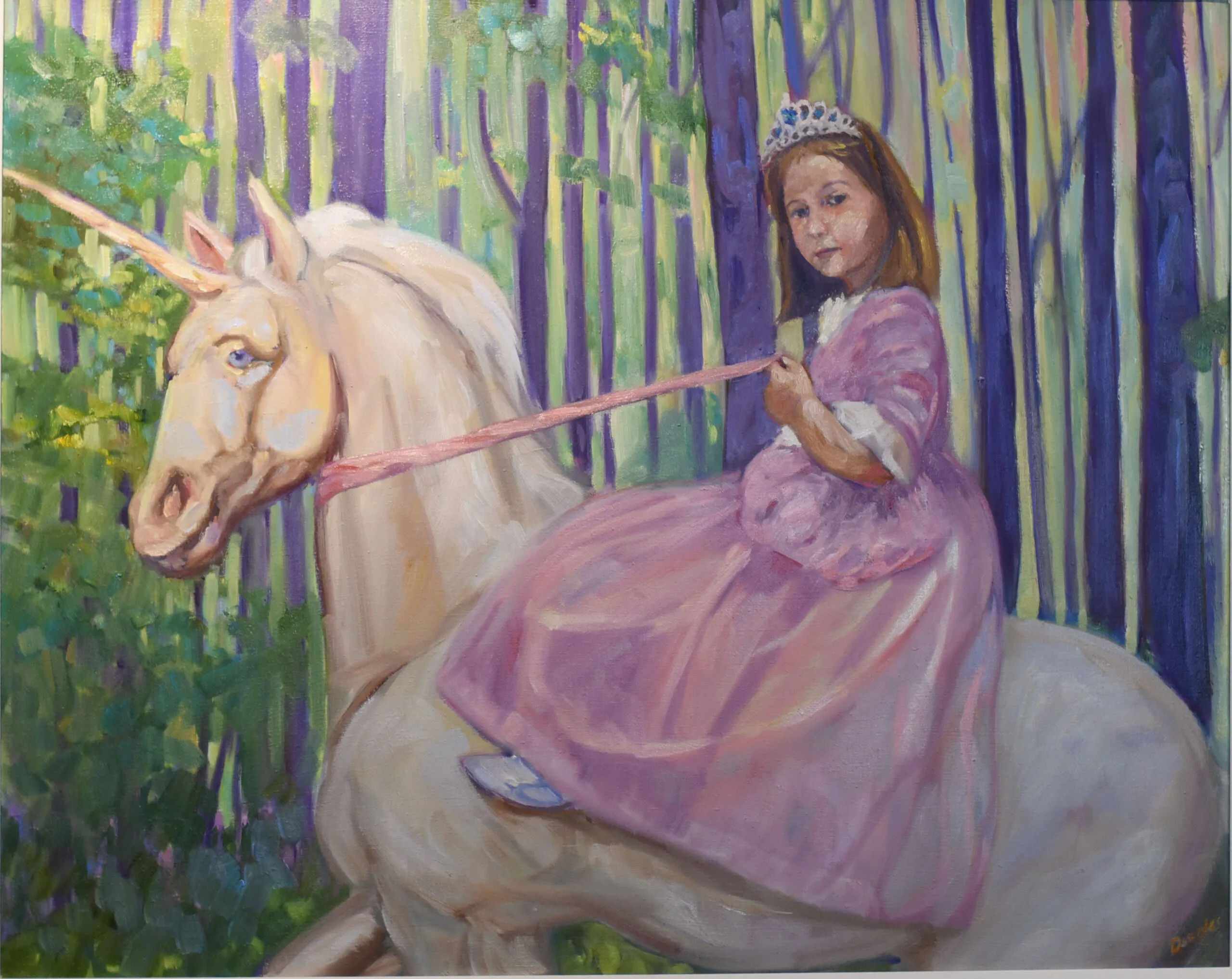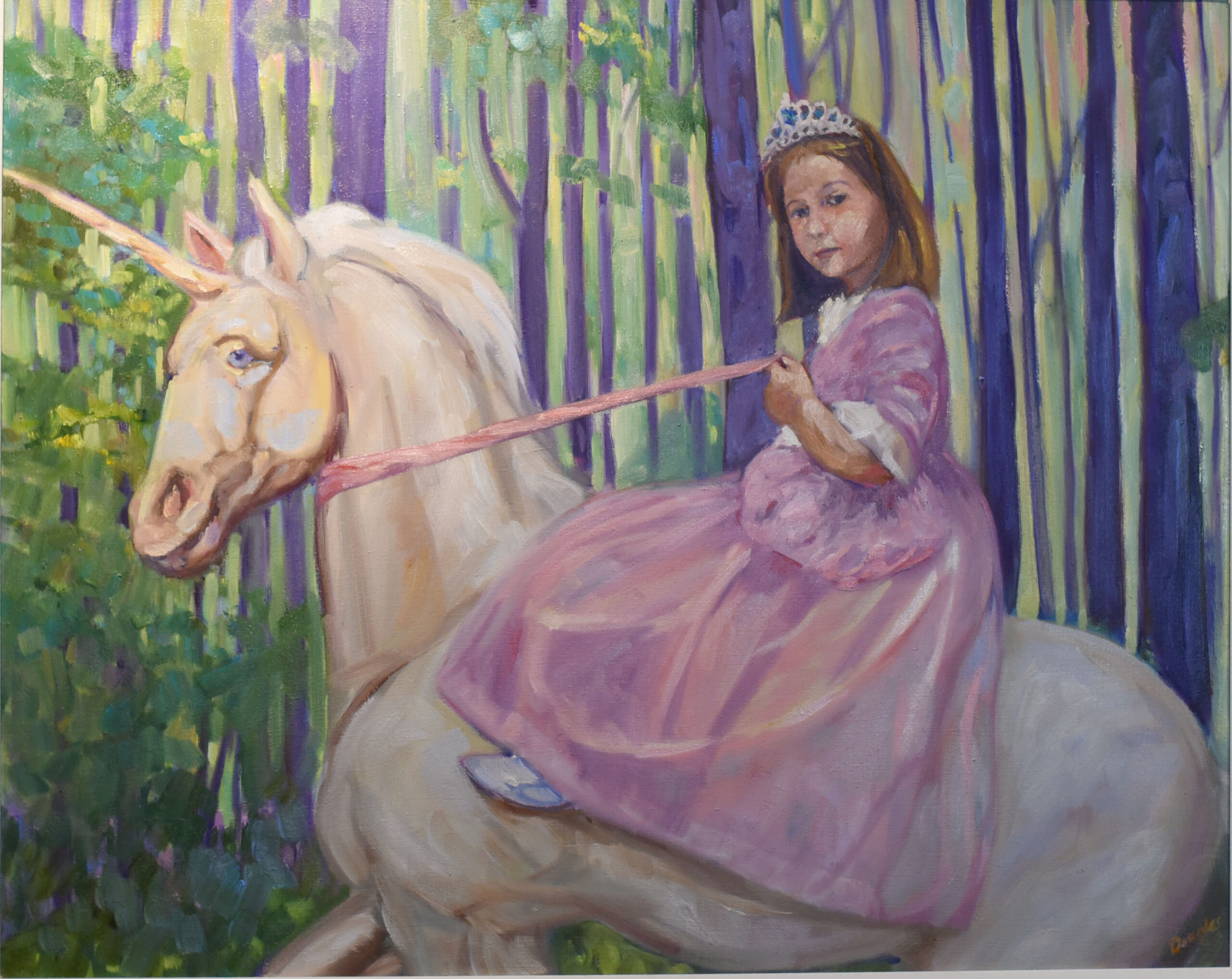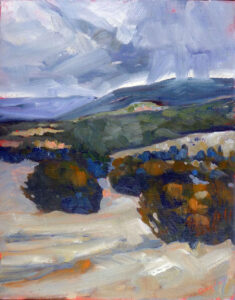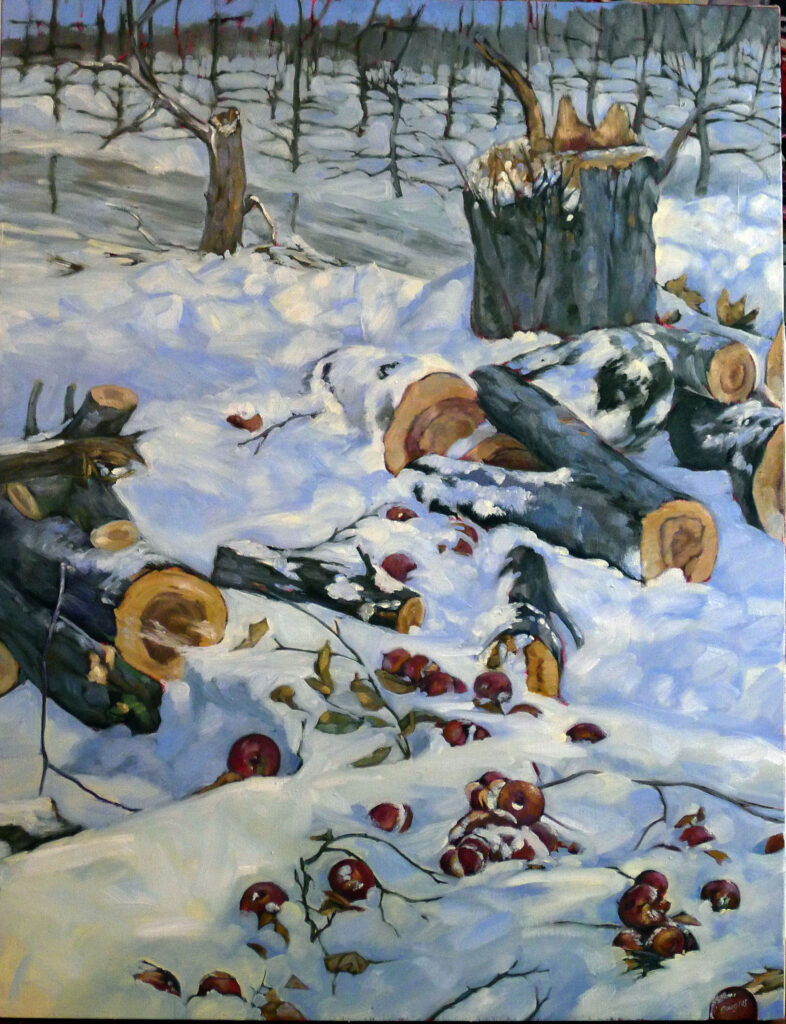
The Maine coast gets its share of mega-yachts and the people who inhabit them. A former gallerist of mine once had a visitor who made sure to mention the fabled locations in which his second or third homes were located. He seemed very interested, but didn’t bite on any paintings. The next day, he came by and said, “Let’s see how hungry your artists are this morning.” That man needed a stake driven through his heart.
With the notable exception of Frederic Church, most artists are not noted for business acumen. (If they were primarily motivated by money, they’d do something other than sell paintings.) In 2023, according to the Bureau of Labor Statistics, the 2023 median wage for a fine artist in the US was $52,910 per year. Those of us who are self-employed (almost all of us) provide our own insurance and retirement savings.
That makes it easy to pressure an artist for a discount, but the question is whether you should. That’s doubly true if you’re negotiating through a non-profit. You’re also trimming proceeds for the organization.
Negotiation is the key to a happy life
I once did a show with a painter who asked, “Would you ask the telephone company to take 10% off your bill? Your dentist? Your plumber?” Well, actually, we do ask for discounts, all the time. It’s really no different when we sell paintings.
Art buyers, like everyone else, want to think they’re getting their money’s worth. Appearances can be deceiving. They may be driving a nice car but not have much loose cash. Asking for a discount is perfectly reasonable, but so is saying no.
On either side of this discussion, you can’t invest the process with something it’s not. It’s not a hunt to beat down the price; nor is it any kind of validation of the artist’s work.

Listen more than you talk
Some days I wish I’d just shut up. A good life lesson in any situation is to remember that communication is a two-way street. It’s not necessary to answer every objection or comment. If you give people enough time, they’ll probably understand your position on their own.
Is it really worth it to stand your ground?
The last time I was asked to cut a price, I did it but wasn’t thrilled. Then I sat down with my pencil and realized that my net out-of-pocket was $45 (it was a gallery sale). It would have been absurd to walk away from a sale for pin money, but my first response was emotional, not intellectual.
On the other hand, it’s also OK to say no
Some offers are so absurd that you don’t even need to think about them. Some are more difficult to parse, and it helps to do a little seat-of-the-pants math. If nothing else, it buys you time to think. If a person is set on not spending more than X, I may steer them towards something they can afford. But if it becomes clear that there’s no middle ground, I just smile and wish them well.
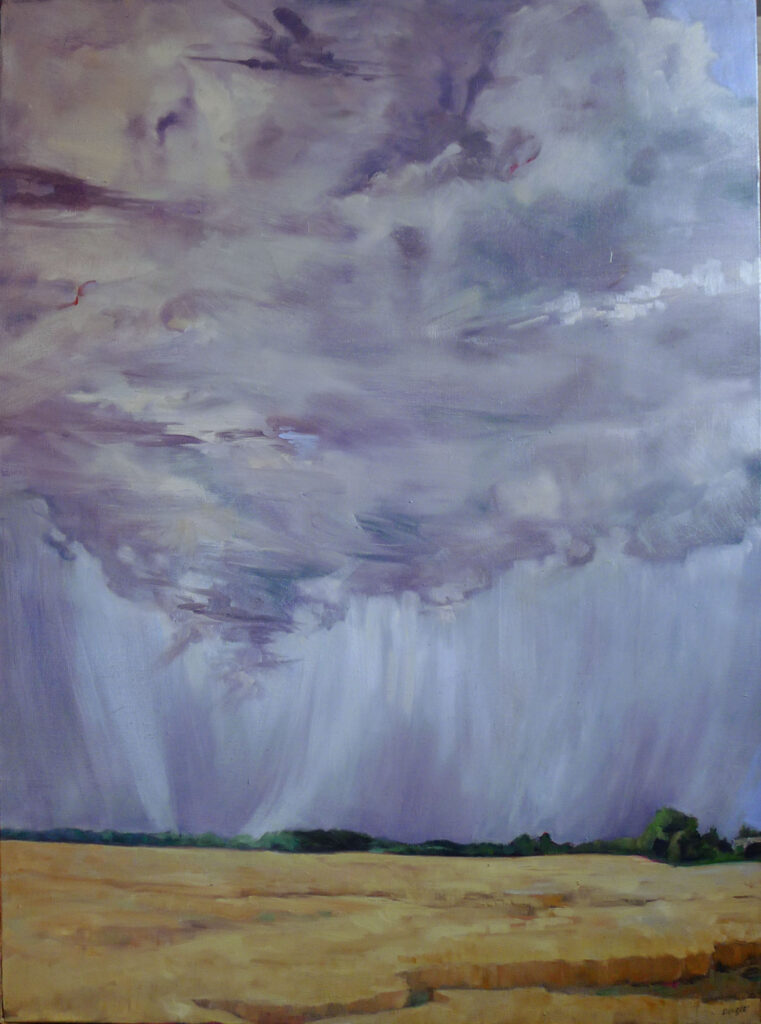
A word about payment
I accept Square and Paypal when I sell paintings because we live in a cashless society. Part of the reason for their high fees is that they offer some protection against the many scams targeted at artists. I only accept checks in person or from people I know well. And, yes, I will let people buy paintings on layaway; it is a great option for the sincere collector who has limited resources.
Do you believe in the quality of your work?
Thomas Kinkade once bet a million dollars that his work would be featured in a major museum. That’s not confident; that’s delusional. However, most artists I know—including some absolutely brilliant painters—tend to be hypercritical of their own work. That’s not fair, either.
Yes, we all have bad days, but if you don’t recognize the quality of your work, who will? I don’t think “fake it ‘til you make it” works with self-confidence. If deep down you really think you don’t deserve to sell paintings, you won’t sell paintings.
Reserve your spot now for a workshop in 2025:
- Advanced Plein Air Painting, Rockport, ME, July 7-11, 2025.
- Sea and Sky at Acadia National Park, August 3-8, 2025.
- Find Your Authentic Voice in Plein Air, Berkshires, MA, August 11-15, 2025.
- Immersive In-Person Fall Workshop, Rockport, ME, October 6-10, 2025.
